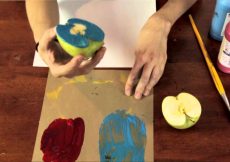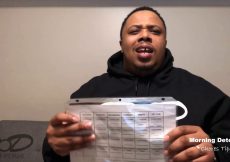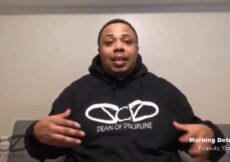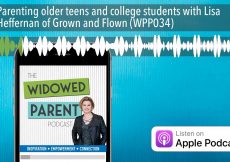The way we teach reading isn’t right for all kids—and not all families can afford the tutoring they need. That’s not right.
Two of my three kids failed to learn to read in public school. We did all the right things—filled our house with books, read to them as babies, enrolled them in preschool programs and sat with them in the evenings as they muddled through their early readers sent home by kindergarten and grade one teachers. With my eldest, we patiently waited for the click. “Oh, she’s just young,” her kindergarten teacher told us. Which was true—her birthday is in late December, making her one of the youngest in the class. “She’s just not interested” was another common teacher assessment. Our daughter was a lively, imaginative kid who seemed to prefer a game of make-believe over sitting down to read.
Fast-forward 10 years and our daughter is entering high school still struggling to read unfamiliar words. We learned in grade two, after doing private testing, that she had a learning disability in reading, but because of poor advice given to us by the psychologist who did the testing as well as her teachers and the school, we started specialized tutoring only in grade four and then moved full-time to a school for kids with dyslexia in grade five.
We’ve learned now that she missed a critical window to cement early phonemic awareness and the decoding skills (understanding the relationship between letters and sounds) that she needs to fluently read. In an ideal world, she would have been screened in kindergarten, with intervention starting right away. Now, although her reading has certainly come a long way, instead of seeing patterns in new words and using prior knowledge to figure out what they are, she looks up at me and guesses. It’s heartbreaking to see this smart kid still falter.
Our middle child learned to read without much difficulty, but when our youngest was in grade one, his teacher flagged him as a kid who was falling a bit behind. Even though her advice was for him to just continue to practice with the books she sent home and to “wait and see,” we knew that—if he had similar challenges to his sister—he needed more intervention, and the sooner the better. Testing showed similar weaknesses to our eldest and pointed to dyslexia so we started a specialized program with him right away. Now in grade four, he’s not a perfect reader, but he’s at grade level and loves to sit around on a Saturday morning with a book. I truly believe that he won’t go on to have the same difficulties his sister has because we knew he needed specialized help at a young age.
This is both a relief and utterly frustrating. The type of reading instruction my kids needed—known as structured literacy, which uses a systematic approach to teaching reading and includes phonics—is not what teachers generally use in our schools here in Canada.
Instead, they use an approach that promotes guessing based on context and other clues, and it implies that if kids are surrounded by books and are read to on a regular basis, they will learn to read. There’s nothing wrong with having a houseful (or classroomful) of books, of course, it’s just not what’s going to teach children like mine—and hundreds of thousands of others—to read. Estimates vary, but anywhere from six to 20 percent of the population is thought to have dyslexia, and you don’t have to be diagnosed with dyslexia to benefit from structured literacy. While there are kids who seem to be natural readers, the truth is, nobody is born with an innate ability to read. All kids need some direct instruction, and if schools used structured literacy, then nobody would fall through the cracks.
Here’s another thing: Multiple studies have shown that when kids get early specialized instruction in phonemic awareness and decoding, many of them don’t actually go on to even meet the criteria for the labels of dyslexia or a learning disability. They just…learn to read. We have the knowledge and the ability to teach most kids to read in a way that works for their brains (a small number of kids will still go on to need support even if taught early), but we don’t do it. Kids like mine—who have well-educated, English-speaking parents who can navigate the Canadian school system and pay for specialized tutoring (which can run $500 a month or more)—typically will learn to read, even if slowly and deliberately. But other kids, whose parents aren’t as well-connected or just simply trust that the school is doing the best they can (because, why wouldn’t they?), often fall behind.
Parent to parent, here’s my advice to you. If you have a young child who is currently learning how to read, pay attention. Are they truly making connections or do they seem to be guessing? Do they mix up simple words like “it” and “the”? Do they skip words when they read? If you’re at all concerned, reach out to their teacher. But if you don’t feel satisfied with the answers you get, keep trying other avenues. A child who struggles to learn to read needs to be given the right tools at a young age so they don’t wind up with a lifetime of difficulties. Help them make sure their future will be as wide open as they can imagine.



































